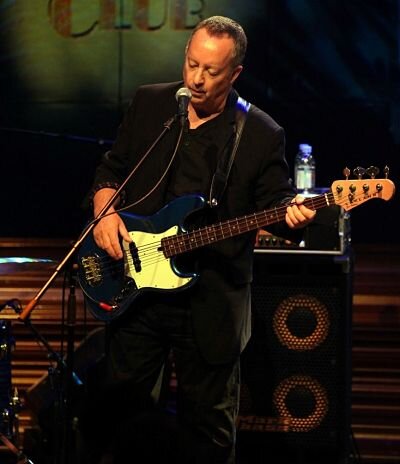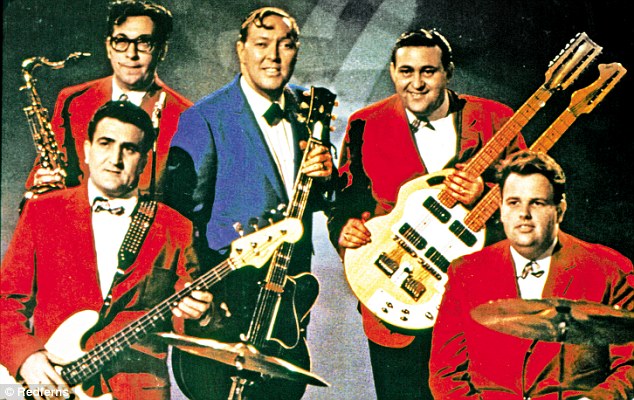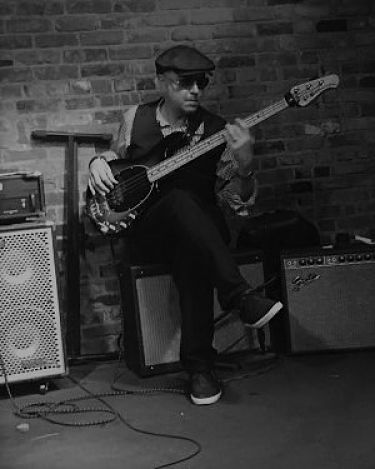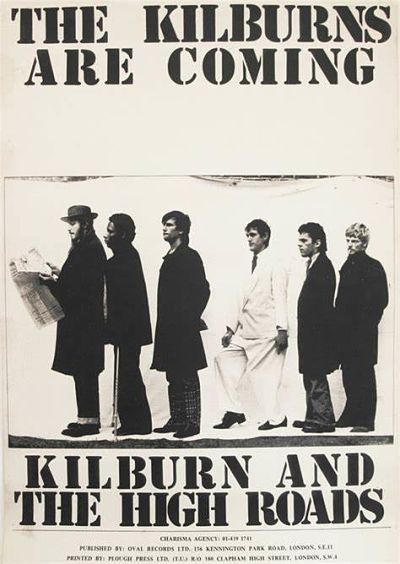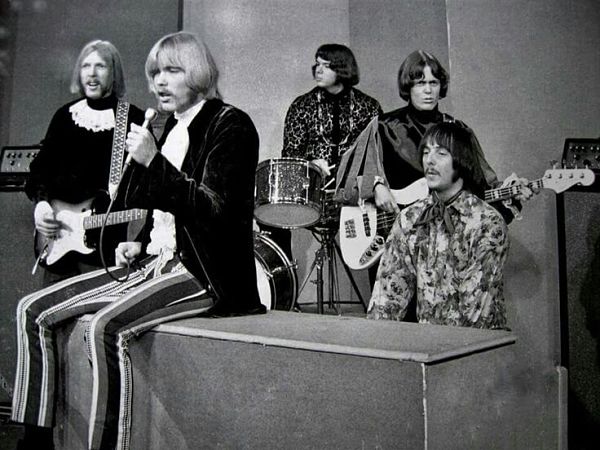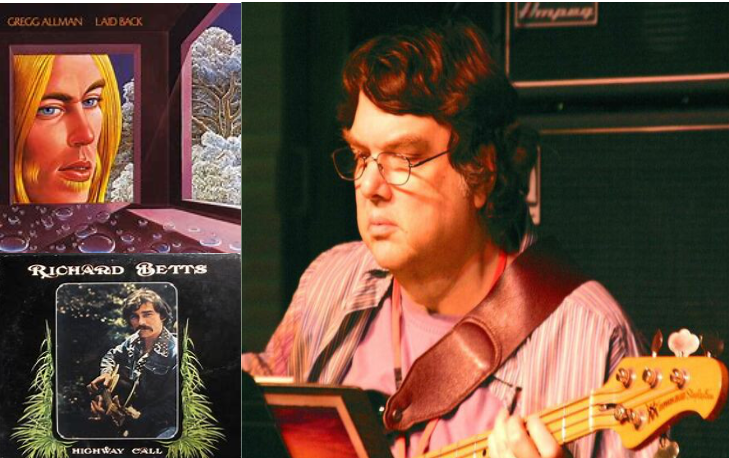Ida Nielsen (Prince)


Photo courtesy of Ida Neilsen Bass Com
This great Dane was Prince Rogers Nelson’s bassist on his final NPG and 3rdeyegirl ensembles, rendering riveting rock – funk passages in the service of the purple deity!
A muti-instrumentalist, solo recording artist, bass designer (Sandberg signature model) composer, educator, clinician, and graduate of the Royal Danish Academy – Ida Kristine Nielsen has traversed many a genre with Zap Mama and MLTR, among others. Her finger-style playing and approach to the instrument honors tradition while pushing harmonic and rhythmic boundaries.
In addition to her signature model, Ida’s weapons of choice include Fender Jazz, Yamaha TRBS, and Eich amps and cabinets.
Among her nom de plumes include Bassida, Bass Ida, and Ida Funkhouser – no relation to the Curb Your Enthusiasm character.
Ms. Nielsen describes her music as “a mixture of old school funk and hip hop with reggae and world music pop ups, ear catching melodies, and lots of bass!”
Did Ida Neilsen and The FunkBots! https://youtu.be/wIo4kKRwVsY

Says Ida about her tenure with Prince: I have had the incredible big honor of working with the legendary musical icon PRINCE – since August 2010 and until his very tragic and untimely passing in April 2016… Playing with PRINCE has been the most magical musical journey ever, and an ongoing learning experience beyond all imagination!
So I want to acknowledge the importance of his impact on me through my life – first musically and later on as I got to know him – also in other aspects of life. And I want to acknowledge the fact that the place I am at today is because of him.
He taught me SO much about music and about life in general and was not only my teacher and mentor but also my friend. It has been such a huge gift and blessing to be able to sit on the front row and watch his genius work and I am eternally grateful for having had this precious time.
I would not be where I am today if it was not for him, and I will do everything I can to move on and honor him by keeping the musical standard high and my heart open and kind – just like he taught me.
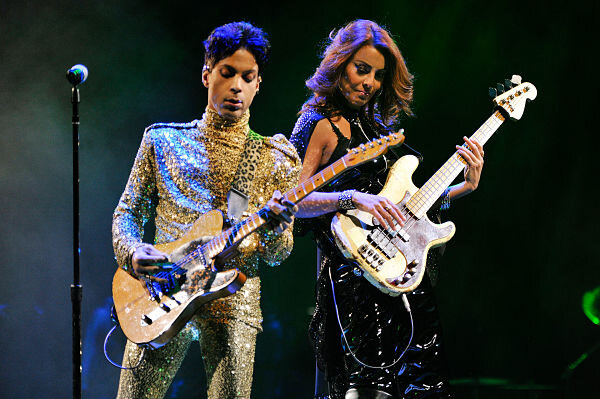

Photo courtesy of Ida Neilsen Bass Com


